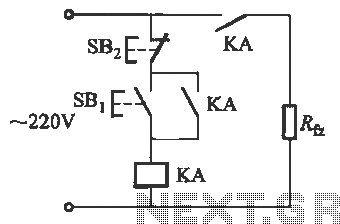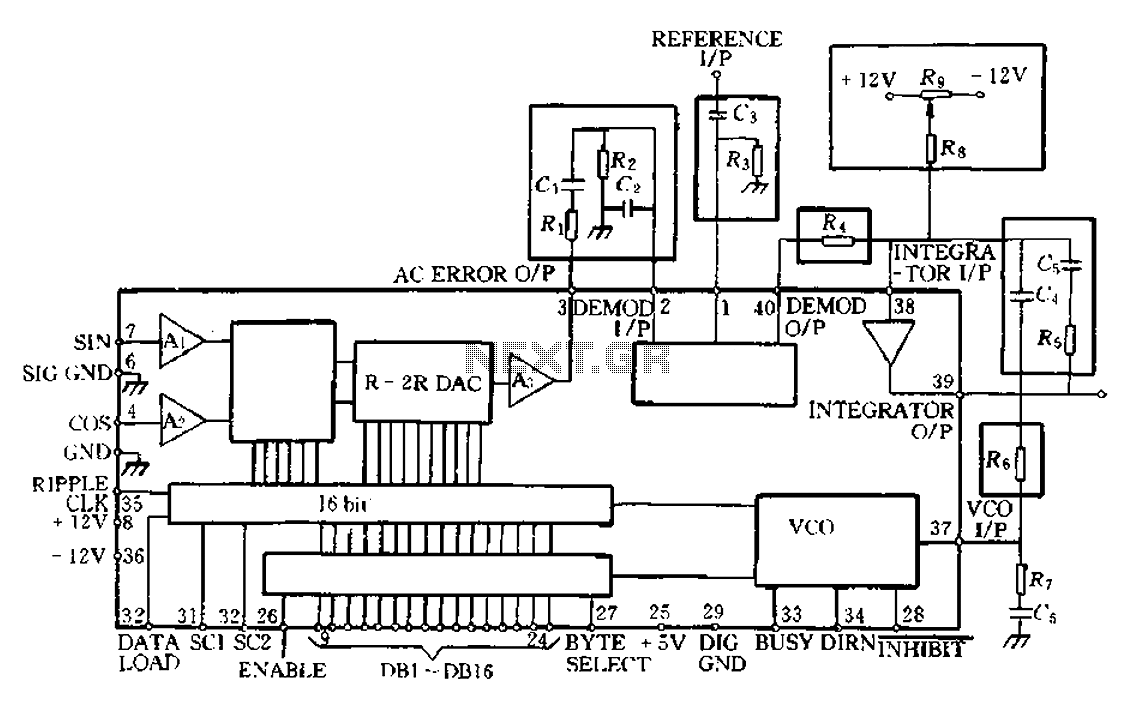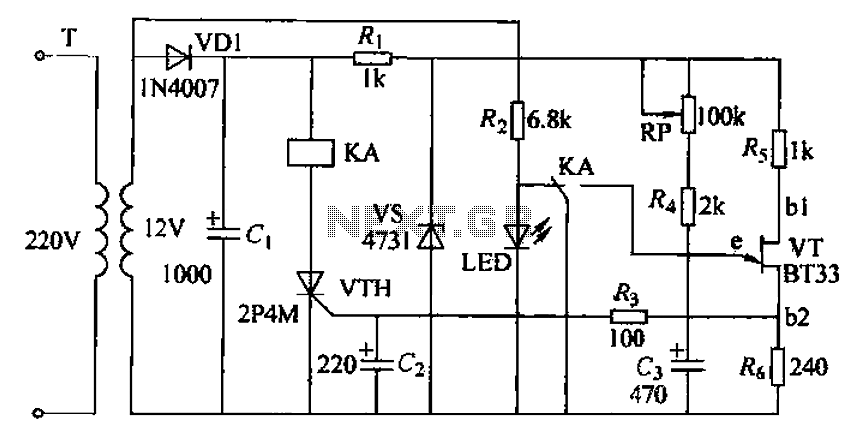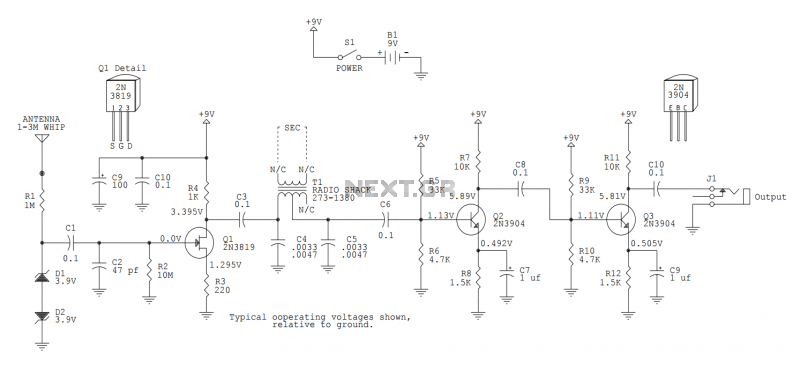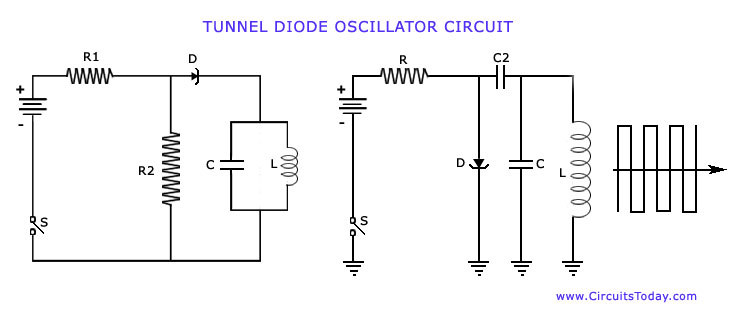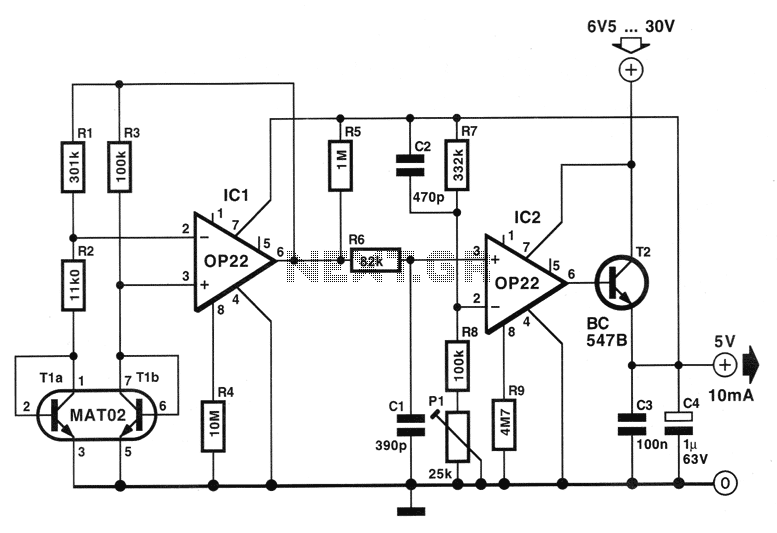
PIC16F84A based LC Meter circuit with explanation
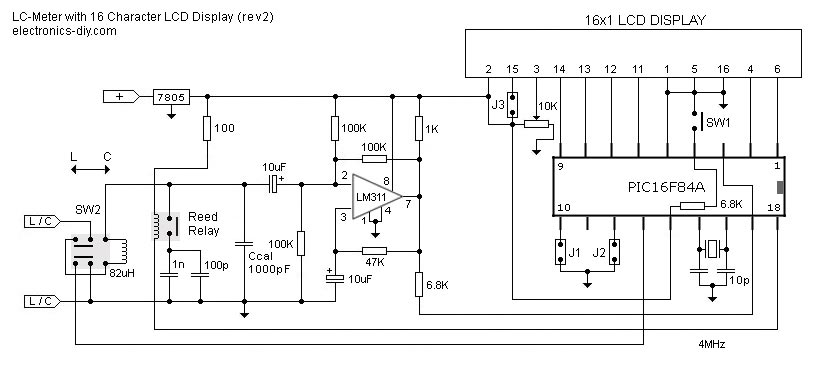
This is one of the most accurate and simplest LC inductance/capacitance meters available, which can be easily constructed by an individual. This LC meter is capable of measuring very small inductances ranging from 10 nH to 1000 nH, 1 µH to 1000 µH, and 1 mH to 100 mH, as well as capacitances from 0.1 pF up to 900 nF. The circuit of the LC meter employs an auto-ranging system, eliminating the need for manual range selection. Additionally, it features a Zero Out switch that resets the initial inductance/capacitance, ensuring that the final readings are as accurate as possible.
The LC inductance/capacitance meter circuit is designed to provide precise measurements of inductance and capacitance values across a broad range. The core of the circuit typically includes an oscillator, a microcontroller, and a display unit. The oscillator generates a signal whose frequency is influenced by the component being measured. This frequency is then processed by the microcontroller, which calculates the inductance or capacitance based on the frequency shift caused by the connected component.
The auto-ranging feature is achieved through a combination of analog and digital techniques. The circuit continuously monitors the frequency and adjusts the measurement range accordingly, allowing for seamless transitions between different measurement scales. This is particularly beneficial when measuring components with unknown values, as it saves time and enhances user experience.
The Zero Out function is an important aspect of this meter. By allowing the user to reset the baseline measurement, it compensates for any parasitic capacitance or inductance that may affect the accuracy of the readings. This is crucial for obtaining reliable data, especially in precision applications.
In terms of construction, the circuit can be built using readily available components such as resistors, capacitors, inductors, and a microcontroller (like an Arduino or similar). The design can be implemented on a PCB or a breadboard, depending on the user's preference. The display unit can be an LCD or LED, providing clear visual feedback of the measurements.
Overall, this LC meter represents an effective solution for hobbyists and professionals alike, enabling accurate measurements of inductance and capacitance in a user-friendly format.This is one of the most accurate and simplest LC inductance / capacitance Meters that one can find, yet one that you can easily build yourself. This LC Meter allows to measure incredibly small inductances starting from 10nH to 1000nH, 1uH to 1000uH, 1mH to 100mH and capacitance from 0.
1pF up to 900nF. LC Meter`s circuit uses an auto ranging system so that way you do not need to spend time selecting ranges manually. Another neat function is the Zero Out switch that will reset the initial inductance / capacitance, making sure that the final readings of the LC Meter are as accurate as possible. Disclaimer All files are found using legitimate search engine techniques. This site does not and will not condone hacking into sites to create the links it list. We will and do assume that all links found on the search engines we use are obtained in a legal manner and the webmasters are aware of the links listed on the search engines.
If you find a URL that belongs to you, and you did not realize that it was "open to the public", please use the report button to notify the blogmaster of your request to remove it or it will remove within 24 hours. This is not an invitation for webblog haters to spam with requests to remove content they feel that is objectionable and or unacceptable.
Proof of URL ownership is required. NOTICE: This Blog Has Already Been Reviewed And Accepted By Blogger. com 🔗 External reference
The LC inductance/capacitance meter circuit is designed to provide precise measurements of inductance and capacitance values across a broad range. The core of the circuit typically includes an oscillator, a microcontroller, and a display unit. The oscillator generates a signal whose frequency is influenced by the component being measured. This frequency is then processed by the microcontroller, which calculates the inductance or capacitance based on the frequency shift caused by the connected component.
The auto-ranging feature is achieved through a combination of analog and digital techniques. The circuit continuously monitors the frequency and adjusts the measurement range accordingly, allowing for seamless transitions between different measurement scales. This is particularly beneficial when measuring components with unknown values, as it saves time and enhances user experience.
The Zero Out function is an important aspect of this meter. By allowing the user to reset the baseline measurement, it compensates for any parasitic capacitance or inductance that may affect the accuracy of the readings. This is crucial for obtaining reliable data, especially in precision applications.
In terms of construction, the circuit can be built using readily available components such as resistors, capacitors, inductors, and a microcontroller (like an Arduino or similar). The design can be implemented on a PCB or a breadboard, depending on the user's preference. The display unit can be an LCD or LED, providing clear visual feedback of the measurements.
Overall, this LC meter represents an effective solution for hobbyists and professionals alike, enabling accurate measurements of inductance and capacitance in a user-friendly format.This is one of the most accurate and simplest LC inductance / capacitance Meters that one can find, yet one that you can easily build yourself. This LC Meter allows to measure incredibly small inductances starting from 10nH to 1000nH, 1uH to 1000uH, 1mH to 100mH and capacitance from 0.
1pF up to 900nF. LC Meter`s circuit uses an auto ranging system so that way you do not need to spend time selecting ranges manually. Another neat function is the Zero Out switch that will reset the initial inductance / capacitance, making sure that the final readings of the LC Meter are as accurate as possible. Disclaimer All files are found using legitimate search engine techniques. This site does not and will not condone hacking into sites to create the links it list. We will and do assume that all links found on the search engines we use are obtained in a legal manner and the webmasters are aware of the links listed on the search engines.
If you find a URL that belongs to you, and you did not realize that it was "open to the public", please use the report button to notify the blogmaster of your request to remove it or it will remove within 24 hours. This is not an invitation for webblog haters to spam with requests to remove content they feel that is objectionable and or unacceptable.
Proof of URL ownership is required. NOTICE: This Blog Has Already Been Reviewed And Accepted By Blogger. com 🔗 External reference
